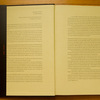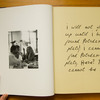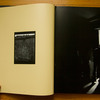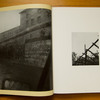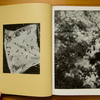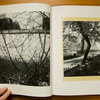Review: Putting Back the Wall by John Gossage
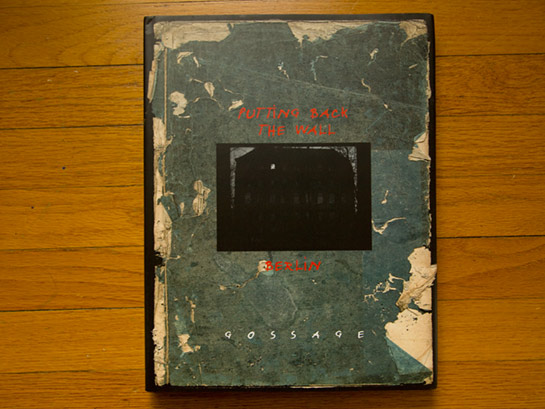
Berlin is a real place, but we might as well admit that it doesn’t exist. Or rather there is Berlin, the spot on the map, and there is Berlin, the place in our consciousness - two entirely different entities. You will move through the former, yet see the latter. Berlin - that would be the sticks and stones that make up the city. But the real Berlin - that would be whatever images, thoughts, and feelings we have in our heads, this odd mishmash of what we feel and see as individuals and what we feel and see as a group. Good artists are not interested in the sticks and stones. They might take photographs of the sticks and stones, but they point their cameras guided by their intuition. This is what makes discussions about what the “real XYZ” (Berlin, American South, whatever else) looks like so tedious: Who cares? There is no such thing as the “real” Berlin or American South. Why not admit that in almost all cases the “real” XYZ stands for the XYZ as you see it? And even if there were a “real” XYZ - why would we look at that when we can instead look at what artists have made of it?
John Gossage’s Putting back the Wall follows up on Berlin in the Time of the Wall1. The connection is made explicit not just through the subject matter, but also through the fact that the more recent book’s page numbers start off where they ended in the older book. With the Berlin Wall down for quite some time now in the physical space, tearing it down in the mental space is much harder. I’m not necessarily talking about those who’d like to see the wall to come back up - so that West Germans can get back to the cozy days when their part of the country had no responsibilities (and no real challenges), and East Germans can get back to the equally cozy days of full employment and neighbours caring for neighbours (while a sizable part of the population was informing on them to the omnipresent Stasi secret service).
The Wall itself, the situation, as abominable as it was - it also felt like something that would simply last, something that was there. I went to see it, from both sides actually, in the late 1980s, and it was simply unimaginable that that huge abyss between those so different two world woulds get filled in quickly. In all kinds of ways, things changed radically in just a few years. The Wall is gone, in parts replaced by a mark on the street, but filling in the abyss has been much harder. Germany has done fairly well with its outright refusal to deal with those parts of its past (the two halves, even before getting united, practiced denial for decades). But mentally, the Wall is still there - tearing it down is much harder than tearing down the physical bits.
History is such a big word, and the most amazing thing is that most of the changes we witness are more symbolic than anything. Changes that can be experienced in a physical form are rare. Having a border such as the one represented by the Berlin Wall disappear - that’s a rare thing. Even the death strip between West and East Germany did not feel quite like the Berlin Wall2.
Putting back the Wall essentially contains photographs of that feeling, and of the confusion created by the feeling seemingly suddenly gone. To say that the Wall’s absence has created a phantom pain for those who experienced it is not correct: Only very few people truly long back to the days of the Wall. It’s not a pain, but the phantom part is quite accurate: We move through a physical space that mentally still has a huge, monstrous obstacle in it.
Putting Back the Wall, photographs by John Gossage, 132 pages, Loosestrife Editions, 2007
1 Putting back the Wall was released in 2007 and is thus not a new photobook. Does it matter? I don’t think so. As much as I’ll continue reviewing new releases, I’ll probably sprinkle in older books in the months to come.
2 I haven’t seen/experienced the wall in Israel/Palestine in person, so I don’t know how it would compare. The interesting difference would be that the Berlin Wall was built by the other side to fence their own people in, while the Israeli wall - much like the barrier along the US-Mexican border - was built by our side to keep the other side out.
